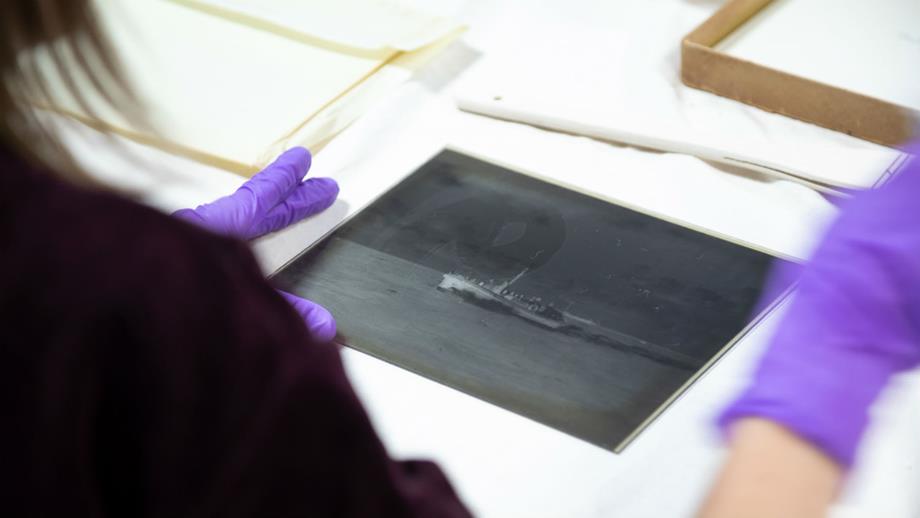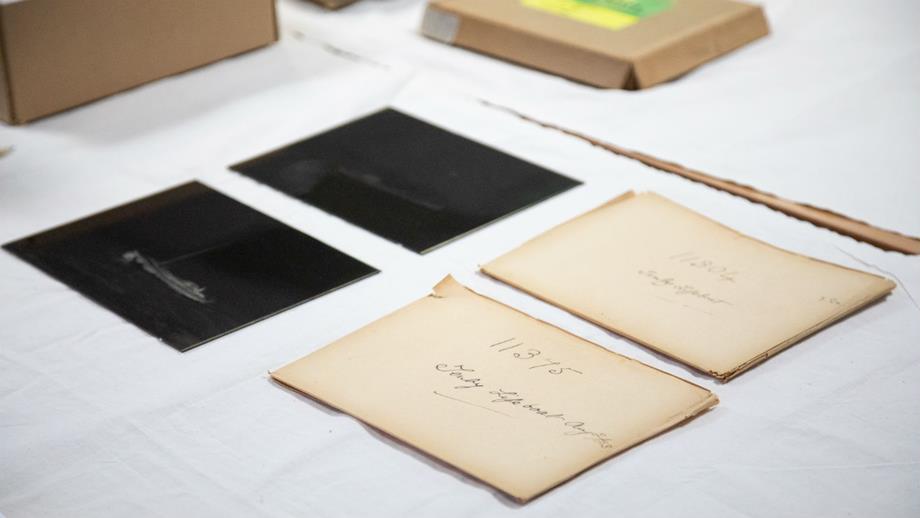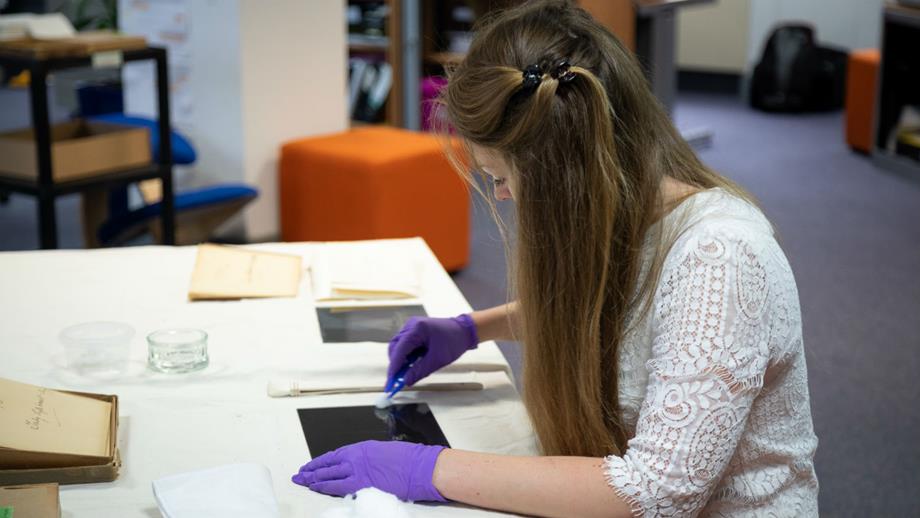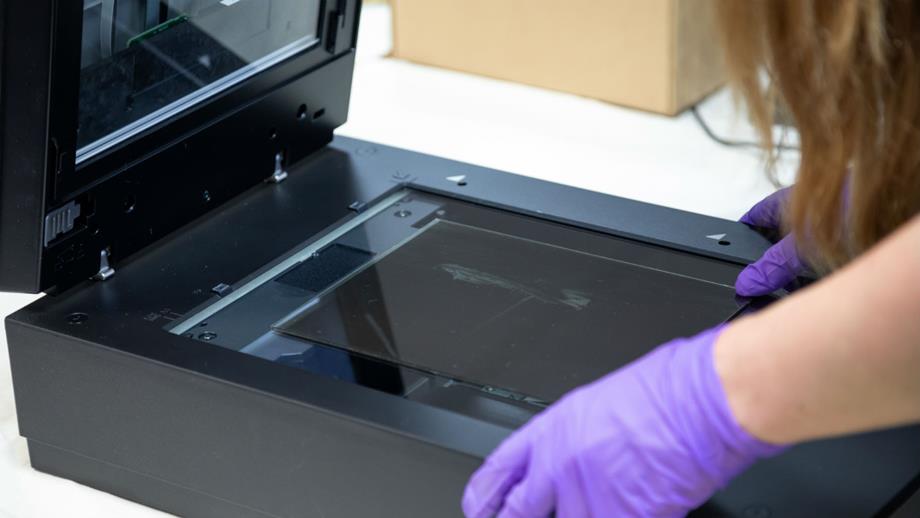About Beken of Cowes
For generations, the Beken family in Cowes, Isle of Wight, have photographed yachting and maritime activity in the area, creating a fascinating record of lifeboats and lifeboat building.
In 1888, Alfred Edward Beken moved to Cowes and bought a pharmacy. His son Frank was captivated by the boats and the harbour – and decided to record these scenes.
Rowing out into the Solent, Frank Beken used an innovative camera of his own design – a large wooden box with handles either side, a lens and a viewing screen.
A rubber ball on a lead was used to release the shutter. By squeezing the ball with his teeth, Frank was able to hold the camera steady and produce negatives on which the horizon was level.
In the 1930s, Frank was joined in the business by his son Keith, giving rise to the Beken & Son name. Together, Frank and Keith produced an archive of over 130,000 glass plate negatives and, in the 1950s, moved into colour photography. By the late 1960s, as requests came in to photograph ever faster sailing and power craft, their big box camera was retired in favour of a smaller one.
Following Frank’s death in 1970, Keith was joined by his son Kenneth in the new company of Beken of Cowes. Each generation of the Beken family has earned the title 'Fellow of the Royal Photographic Society' and Beken of Cowes has held three Royal Warrants for excellence.
Between them, the Bekens recorded all the major events on the Solent, and also travelled the world to many renowned sailing regattas. Boats of every description were photographed by the family from liners to tall ships, naval vessels to racing yachts, and of course many newly-built RNLI lifeboats.
From the end of the nineteenth century to the start of the twenty-first, Isle of Wight boatbuilders would construct over 400 lifeboats of RNLI design. Almost all were constructed in Cowes at the yards of J.S White and Co and Groves and Guttridge. As lifeboats were launched and began trials, the Beken family were well placed to capture these scenes.
The Beken collection provides a fascinating record of lifeboats, and lifeboat building, from the turn of the 20th century until the 1970s – from rescues that earned crews medals for bravery, to lifeboats that helped evacuate troops from Dunkirk.
The HLF Beken Project helps care for this collection and make it accessible to communities across the UK and beyond – allowing the RNLI’s heritage to be explored and enjoyed by everyone.
Preserving the Beken Collection
Soon after these lifeboats were built, and before entering service at their RNLI lifeboat stations, they were captured on glass by Beken of Cowes. Now, with the support of volunteers, you can enjoy digitised versions of this remarkable collection.
This project has been made possible by funding from the Heritage Lottery Fund and the support of Christopher Andreae and The Scorpion Trust.

Photo: James Dwyer

Photo: James Dwyer

Photo: James Dwyer

Photo: James Dwyer




Digitising a glass plate negative requires attention to detail, plenty of patience and steady hands. Our project volunteers have cleaned, scanned and repackaged 850 negatives and assigned a new reference number to each.
The first stage of the process is to carefully unwrap the fragile negative from its original paper packaging, and check details such as the lifeboat name, location and date.
The next step is to gently brush the glass plate to remove any dust. Using cotton wool and deionised water, it is then carefully cleaned before being dried with a cotton cloth.
The negative is scanned and finally repackaged in an envelope made of acid-free paper and labelled with a unique catalogue reference number.
As a result of this project, the collection of glass plate negatives will be rehoused in new and secure archive storage.



